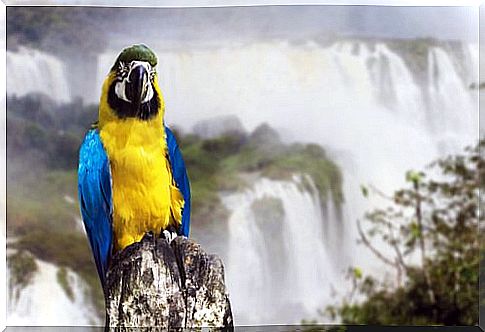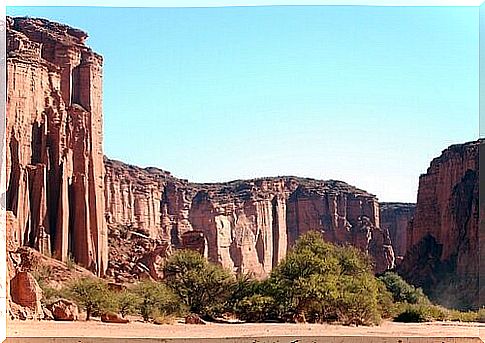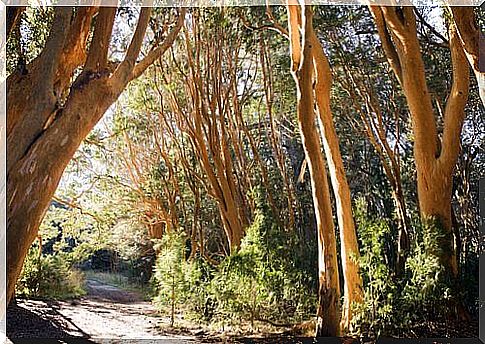5 National Parks In Argentina

Argentina has 34 nature reserves. The creation of the first two dates back to 1934 and the province of Santa Cruz is the one that encompasses the most protected territories. Learn more about Argentine national parks in this post.
Within the territory of this South American country, there are 34 parks and dozens of reserves whose main objective is to protect native flora and fauna.
It is possible to visit, at least in part, all the national parks in Argentina. So if you are planning a trip, we recommend that you read the following article.
The best national parks in Argentina
The first two national parks in Argentina were created in 1934. Furthermore, Santa Cruz is the province that has the most reserves in its entire territory.
Of the 34 reserves protected by law, we highlight the following:
1. Iguaçu National Park
This reserve is located in the province of Misiones, in the northeast of the country, and is home to one of the seven natural wonders of the world: the Iguaçu Falls (shared with Brazil).
This show comprises 275 falls up to 80 meters high. The best known is the “devil’s throat”, from which you can enjoy the majestic set.
The fauna of the Iguaçu National Park (picture that opens this article) is very diverse, typical of the jungle ecosystem.
Thus, we can find coatis, toucans, harpies, lizards, jaguars, tapirs, anteaters and Morpho and Heliconius butterflies, among others.
2. Los Glaciares National Park
It is one of the largest parks in the country, with a territory of more than 7,200 km² and is located in the middle of Patagonia.
As its name suggests, it is home to no fewer than 47 glaciers. Of these, Perito Moreno is the best known, 5 km long and 60 meters high.

As for the ecosystem of Los Glaciares Park, the sub-Antarctic forests of the surrounding area stand out, which are home to several species of animals.
Thus, we have the huemul (a deer), the puma, the guanaco, the condor, the choique, the black carpenter, the swan, the gray fox and the duck.
3. Talampaya National Park
It is one of Argentina’s national parks that will transport you to another planet, specifically to Mars.
In addition, you can also be transported to another time. This is because this region was inhabited millions of years ago by dinosaurs.

Located in the province of La Rioja, the relief here is of canyons with reddish walls, sparse and thorny shrubs.
Talampaya National Park and the surrounding area are represented by various animal species. Among them, we highlight: guanaco, ostrich, gray fox, peregrine falcon, Andean condor, hare, armadillo, calandria and many others.
4. Los Arrayanes National Park
We return to Patagonia, specifically to the province of Neuquén. Here, we can enjoy a wonderful forest typical of the region, proclaimed a reserve in 1971 and with an area of almost 1.8 thousand hectares.
In addition, one of the park’s boundaries is the famous Nahuel Huapi lake.

The main tree, par excellence, is the arrayane, although you can also find nires , cypresses and coihues .
As for fauna, birds are the main inhabitants. For example, there are woodpeckers, cormorants, cauquenes , chucaos and rayaditos . In addition, there live the red fox, the pudu, the mountain monkey and the otter.
5. Tierra del Fuego National Park
To finish the list of national parks in Argentina, we could not leave out the most southern not only in the country, but in the world.
You can only access two thousand of the 68 thousand hectares of extension. The rest is a restricted entry reservation.

Tierra del Fuego National Park was home to native peoples – Yamanas and Ona – and a very important place in the history of this province.
The biodiversity here is impressive, as we can find Andean, forest, prairie, marine, freshwater and even exotic species.








